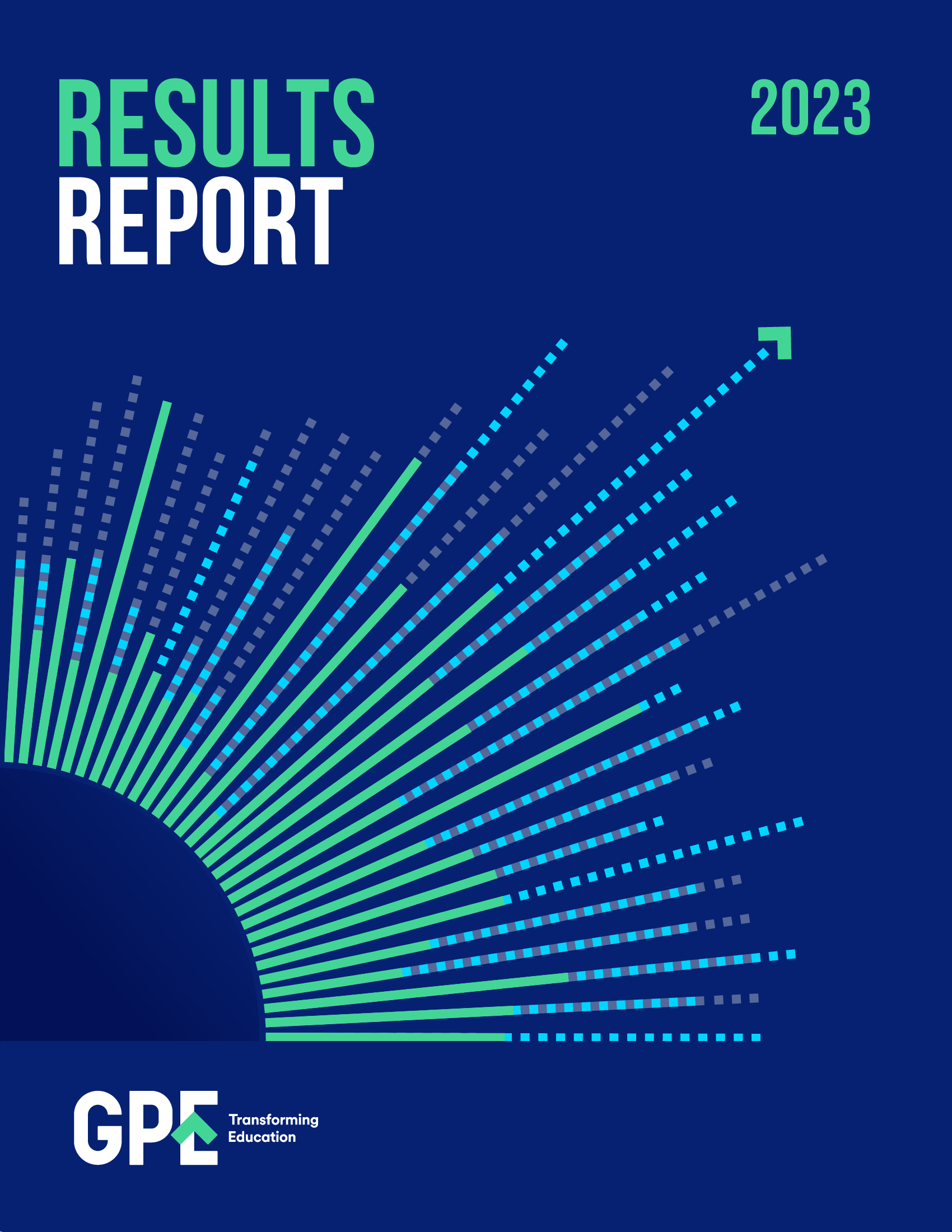Monitoring
Regular data collection, dissemination and use are important for furthering our mission and achieving our goals. Robust data helps ensure all partners have key information readily available to monitor partnership effectiveness and support the effective implementation and outcomes of our grants.
Monitoring includes the GPE results framework and an annual results report.
Results framework
The results framework is aligned with the GPE strategy. It aims to support strategic decision-making and transparency by allowing the partnership to monitor progress in the main areas of its strategy.
The results framework includes sector-level indicators that are disaggregated by country and individual characteristics (fragility status for countries, sex and disability status for children, as available). The framework also includes indicators related to GPE grants and programs.
- Results framework
- Indicator methodologies
- Comparison of indicators between GPE 2020 and 2025 results frameworks
The results framework structure follows GPE 2025 strategic framework
Results reports
GPE produces an annual results report that provides updates on the status of the results framework indicators, analyzes the trends and consolidates information from evaluations and other evidence-based reviews.
The results report provides a comprehensive snapshot of GPE’s achievements and areas for improvement. The report also aims to support the GPE Board and committees' decision-making and to promote evidence-based learning across the partnership.
Results reports
Evaluations
Evaluations provide the foundation for evidence-based learning and actions across the partnership, and support transparency.
The evaluation program is underpinned by GPE’s evaluation policy, which outlines the key principles that all GPE-financed evaluations follow.
Click on an icon to see the evaluations:
Country-level evaluations 2022-2025
Country-level evaluations 2018-2020
Summative studies
- Bangladesh
- Burkina Faso
- Cambodia
- Cote d'Ivoire
- Gambia
- Guinea
- Guyana
- Kyrgyz Republic
- Liberia
- Mauritania
- Mozambique
- Pakistan
- Rwanda
- Senegal
- Sierra Leone
- South Sudan
- Tajikistan
- Togo
- Uganda
- Zambia
Prospective studies
- Democratic Republic of Congo: Year 1 - Year 2
- Ethiopia: Year 1 - Year 2
- Kenya: Year 1 - Year 2
- Malawi: Year 1 - Year 2
- Mali: Year 1 - Year 2
- Nepal: Year 1 - Year 2
- Nigeria: Year 1 - Year 2
- Zimbabwe: Year 1 - Year 2
Syntheses
- Country-level evaluations: Final synthesis report. April 2020 Volume 1 (report) - Volume 2 (appendices)
- Synthesis report of GPE country-level evaluations - February 2019
Inception reports
- External GPE Multiplier evaluation. 2023
- Summative evaluation of GPE’s response to the COVID-19 pandemic. 2023
- Mid-term review of Education Out Loud. 2022
- KIX mid-term evaluation. 2022
- Formative evaluation of GPE’s support for response to the COVID-19 crisis. 2021
- Internal GPE Multiplier review. 2021



